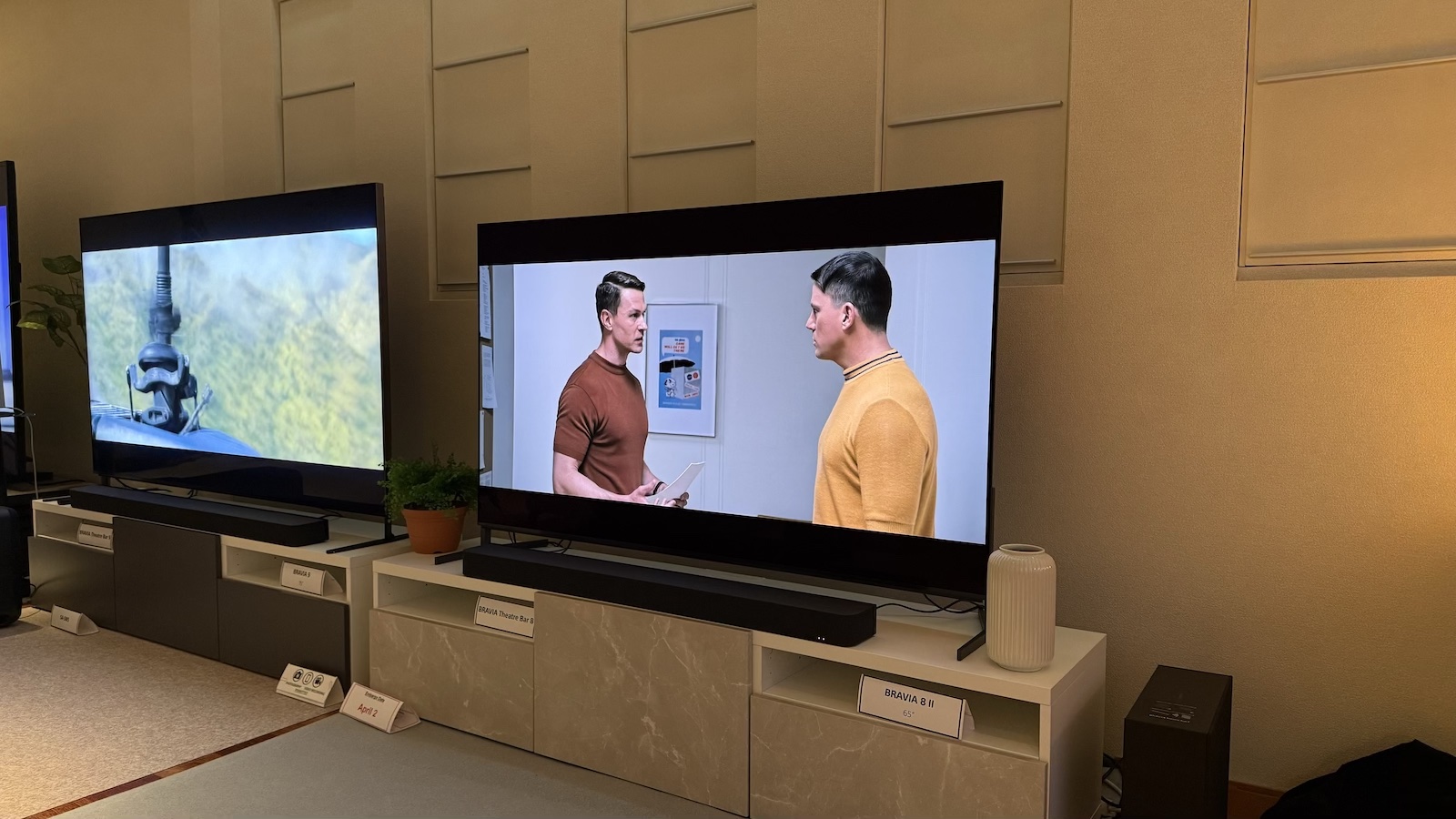A brief history of the Apple iPhone
The smartphone that changed the world
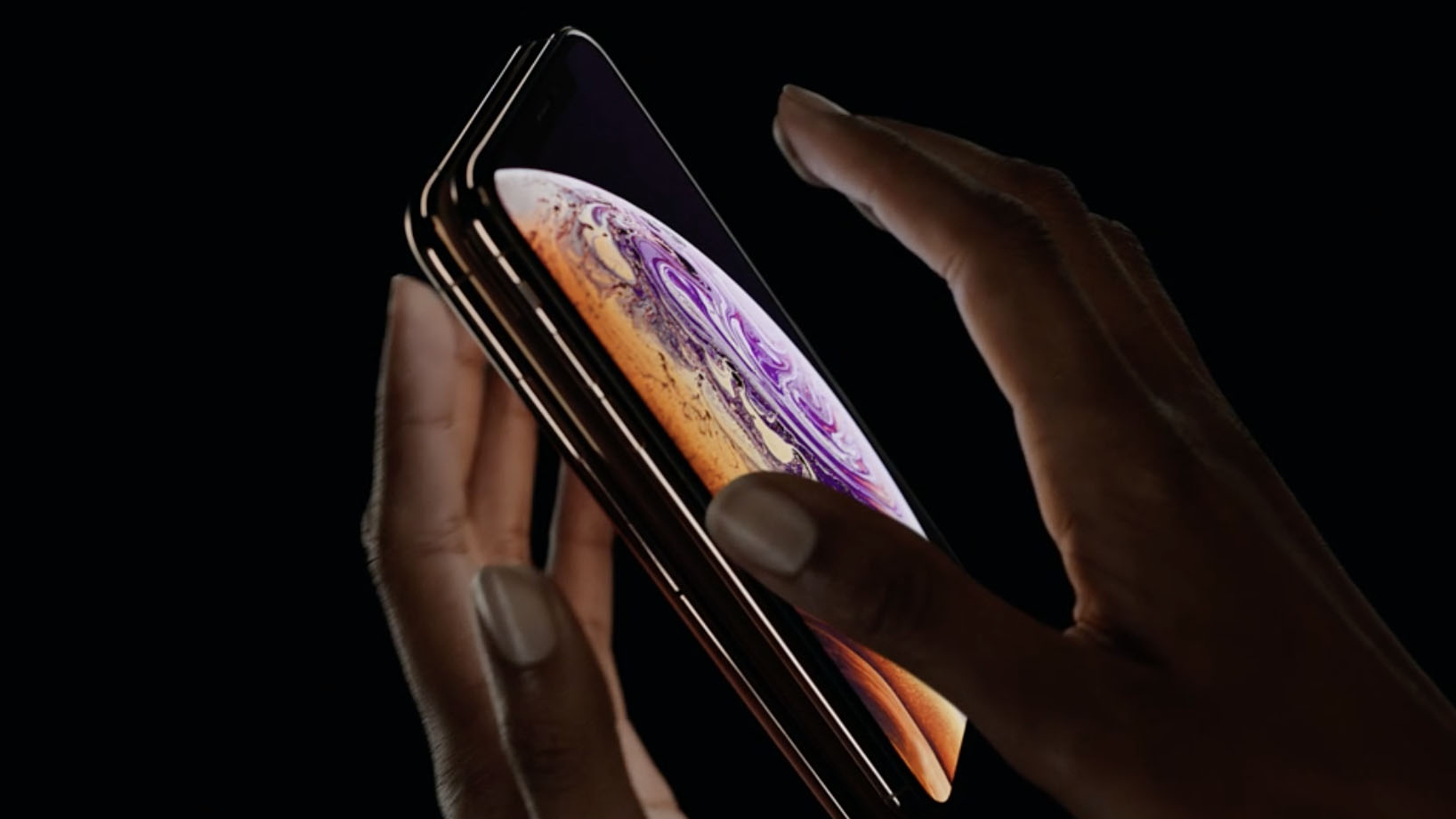
It's impossible to argue with the influence Apple's iPhone has had on the wider world, let alone the consumer technology industry.
It's now been 12 years since Steve Jobs introduced the original iPhone to the world, and since then the brand has sold hundreds of millions of handsets. And recently we saw the latest additions, the iPhone XS, XS Max and XR.
So let’s take a look back at the history of the iPhone and see how the most important device in 21st century tech has evolved...
The first iPhone (2007)
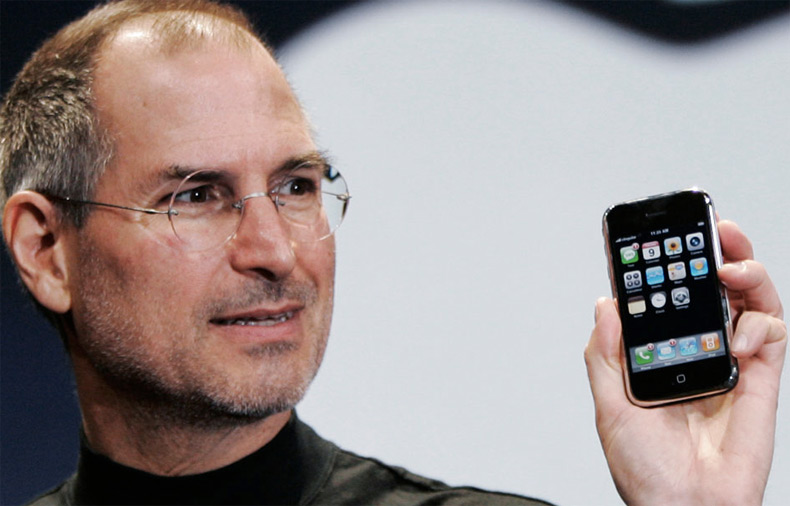
The first generation of iPhone (also called the 2G), introduces us to that now-familiar home button and a design that has more-or-less endured so far.
Vital Stats: 3.5in LCD screen | 320x480 resolution | 115mm x 61mm x 11.6mm | 135g | Bluetooth 2.0 | 4, 8 or 16GB flash memory | 2MP rear camera
... or was it? (1983)
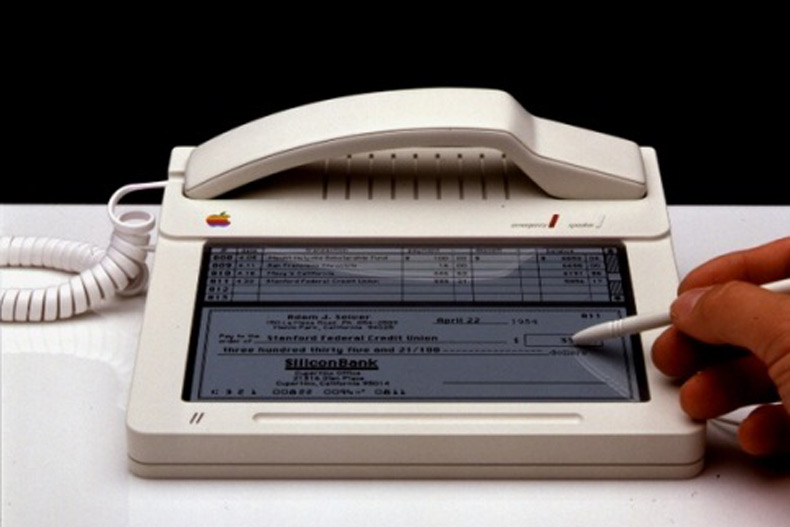
Was the 2007 iPhone launch actually 24 years overdue? Back in 1983, Apple came up with this little beauty, with a touchscreen and the ability to pay by cheque electronically. Sadly, it never made it past the prototype stage...
iPhone 3G (2008)
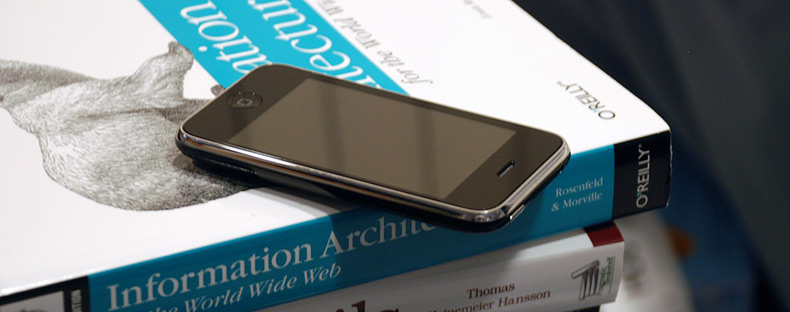
New hardware features introduced with this second generation handset included 3G connectivity, while the App Store also made its first appearance with iOS 2.0.
Get the What Hi-Fi? Newsletter
The latest hi-fi, home cinema and tech news, reviews, buying advice and deals, direct to your inbox.
Vital Stats: 3.5in LCD screen | 320 x 480 resolution | 115.5mm x 62.1mm x 12.3mm | 133g | Bluetooth 2.0 | 8 or 16GB flash memory | 2MP rear camera
MORE: iPhone 3G review
iPhone 3GS (2009)
The 3GS was next on the list for Apple, with the handset coming a year after its 3G variant.
There were a number of improvements, including an enhanced camera, faster performance and voice control.
Vital Stats: 3.5in LCD screen | 320 x 480 resolution | 115.5mm x 62.1mm x 12.3mm | 135g | Bluetooth 2.1 | 8, 16 or 32GB flash memory | 3.2MP rear camera with VGA video at 30fps
MORE: iPhone 3GS review
iPhone 4 (2010)
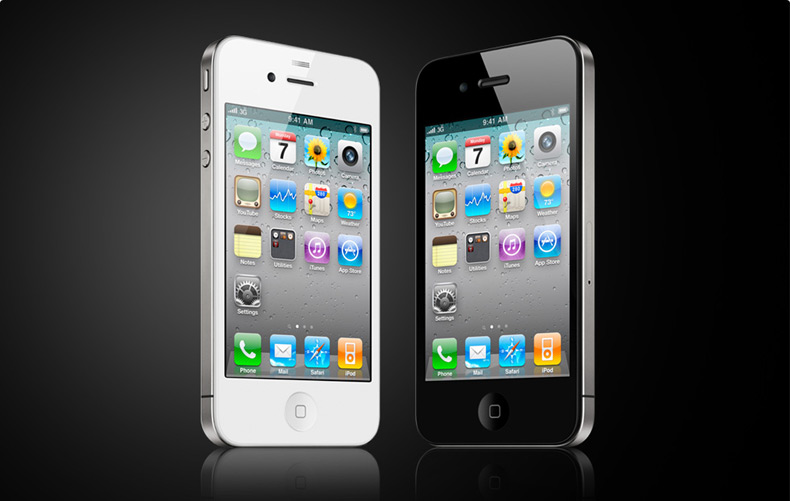
Apple tweaked the design of its smartphone with the launch of the iPhone 4 in 2010, with its slimmer body a noticeable feature.
The A4 system-on-chip, FaceTime video chat service and Retina Display also made their first appearances.
Vital Stats: 3.5in LCD screen | 640 x 960 resolution | 115.2mm x 58.6mm x 9.3mm | 137g | Bluetooth 2.1 and wi-fi | 8, 16 or 32GB flash memory | 5MP rear camera with HD video (720p) at 30fps | 0.3MP VGA front camera (480p) at 30fps
MORE: iPhone 4 review
iPhone 4S (2011)
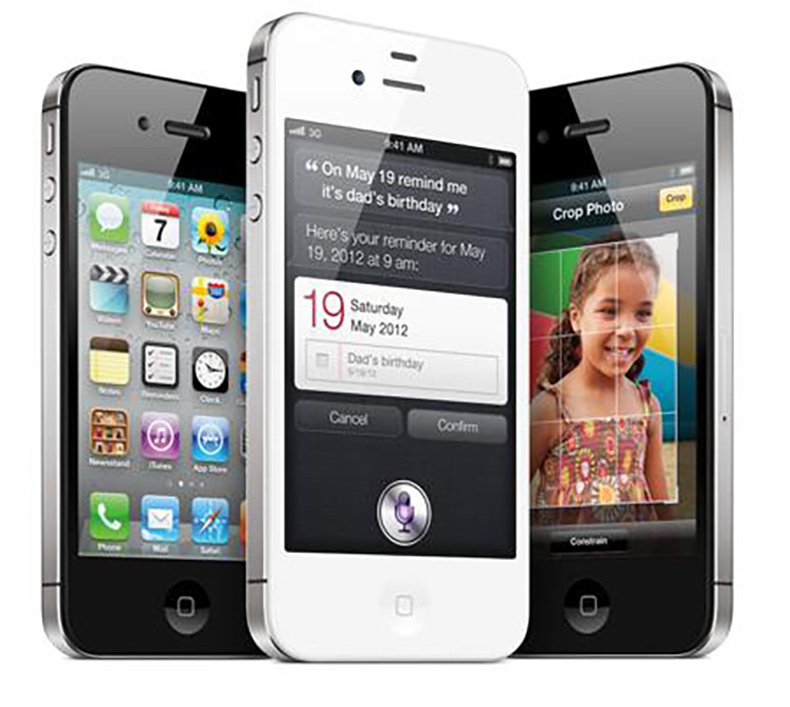
For this 2011 version, Apple simply stuck a letter at the end of its latest model to indicate the many changes it incorporated.
The 4S came with the A5 chipset upgrade, a better camera and a first encounter with Apple's personal assistant, Siri, as well as integration with services such as iCloud and Twitter.
Vital Stats: 3.5in LCD screen | 640 x 960 resolution | 115.2m x 58.6mm x 9.3mm | 140g | Bluetooth 4.0 and wi-fi | 8, 16, 32 or 64 GB flash memory | Sony IMX145 8MP rear camera with HD video (1080p) at 30fps | 0.3MP VGA front camera at 30fps (480p)
MORE: iPhone 4S review
iPhone 5 (2012)
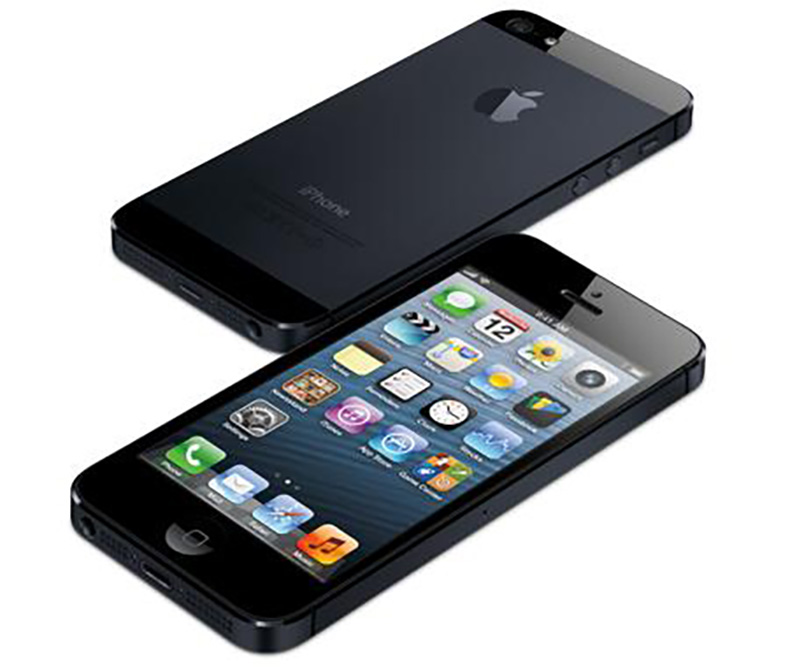
The iPhone 5 was a "blink-and-you-miss-it" affair. Essentially a stopgap between the 4S and the 5C/5S models, it managed almost a full year before being discontinued.
However, there were some notable changes, including a larger screen size and the launch of the Lightning connector.
Vital Stats: 4in LCD screen | 640 x 1136 resolution | 123.8mm x 58.6mm x 7.6mm | 112g | Bluetooth 4.0 and wi-fi | 16, 32 or 64GB flash memory | Sony 8MP rear camera with HD video (1080p) at 30fps | 1.2MP HD front camera (720p) at 30fps
MORE: iPhone 5 review
iPhone 5C (2013)
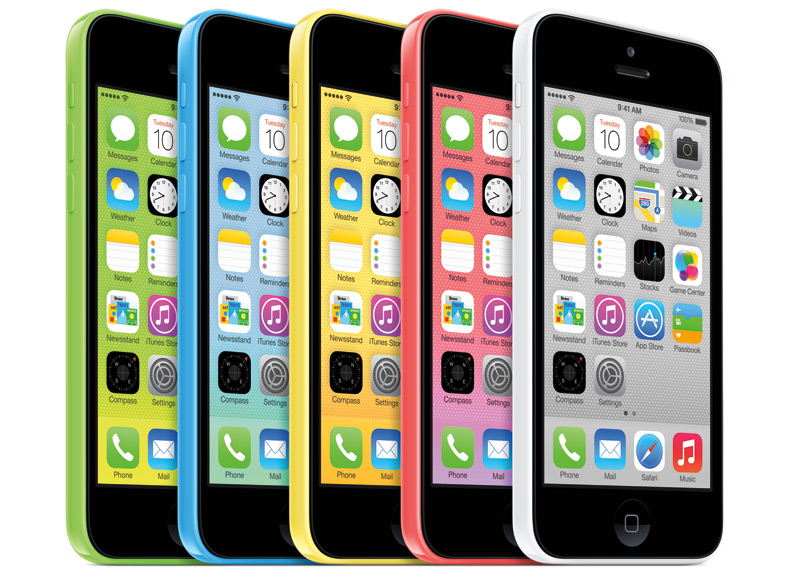
The iPhone's greatest seismic shift? The 5C and 5S saw Apple double its money on the iPhone brand, with the C regarded as the more affordable option. And more colourful, too.
The 5C owed much to its predecessor, the iPhone 5, but left out some of the more expensive features that went into the 5S.
Vital Stats: 4in LCD screen | 640 x 1136 resolution | 124.4mm x 59.2mm x 8.97mm | 132g | Bluetooth 4.0 and wi-fi | 8, 16 or 32GB flash memory | 8MP rear camera with HD video (1080p) at 30fps | 1.2MP HD front camera (720p)
MORE: iPhone 5C review
iPhone 5S (2013)
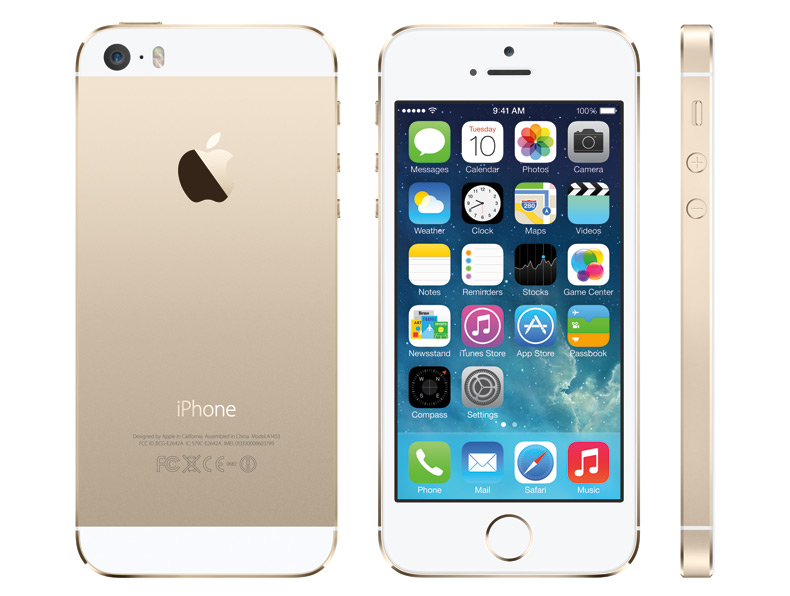
Unlike the 5C, the 5S stepped up from the 5 with the introduction of the A7 system-on-chip (rather than the A6).
New features included fingerprint identification, a new home button design with a laser-cut sapphire cover, and an updated camera with larger aperture and dual-LED flash.
Vital Stats: 4in LCD screen | 640 x 1136 resolution | 123.8mm x 58.6mm x 7.6mm | 112g | Bluetooth 4.0 and wi-fi | 16, 32 or 64GB | 8MP rear camera with HD video at 30fps (1080p) or 120fps (720p) | 1.2MP HD front camera (720p)
MORE: iPhone 5S review
iPhone 6 (2014)
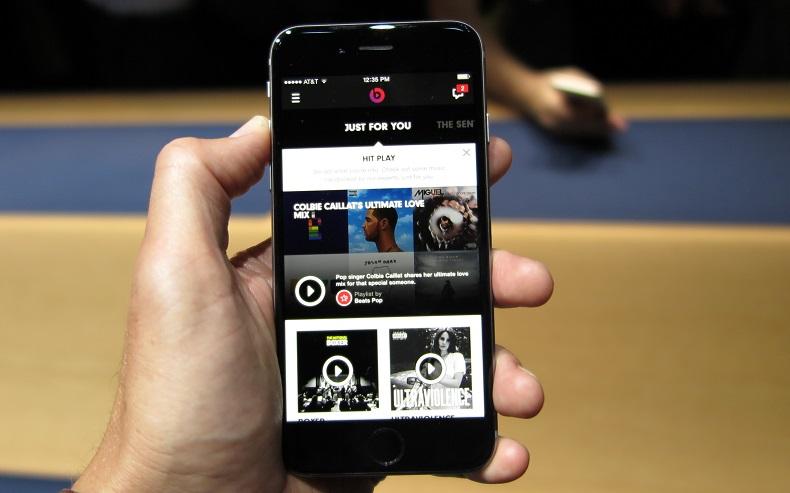
"The biggest advancement in iPhone" said Apple at the time of its launch.
Both this and its sister model, the iPhone 6 Plus (below), featured Apple's A8 chip and a tweaked design, with the screen folding around to the aluminium casing for the first time.
Vital Stats: 4.7in LED-backlit screen | 1334 x 750 resolution | 138.1mm x 67mm x 6.9mm | 129g | Bluetooth 4.0 and wi-fi | 16, 64 or 128 GB flash memory | 8MP iSight rear camera with HD (1080p) video at 30fps | 1.2MP front-facing camera with HD (720p) video
MORE: iPhone 6 review
iPhone 6 Plus (2014)
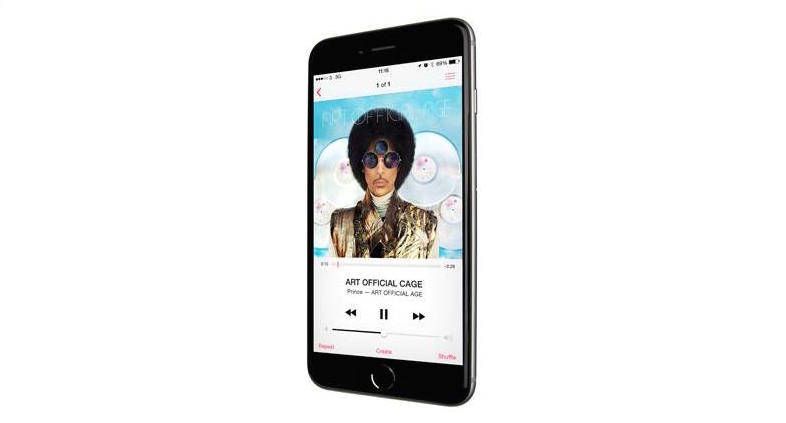
Apple finally caught up with its rivals by offering a bigger screen size in the 6 Plus.
It went past the 5in display mark for the first time, and improved its camera with optical image stabilisation.
Vital Stats: 5.5in LED-backlit screen | 1920 x 1080 resolution | 158.1mm x 77.8mm x 7.1mm | 172g | Bluetooth 4.0 and wi-fi | 16, 64 or 128 GB flash memory | 8MP iSight rear camera with HD (1080p) video at 30fps or 60fps | 1.2MP front-facing camera with HD (720p) video
MORE: iPhone 6 Plus review
iPhone 6S (2015)
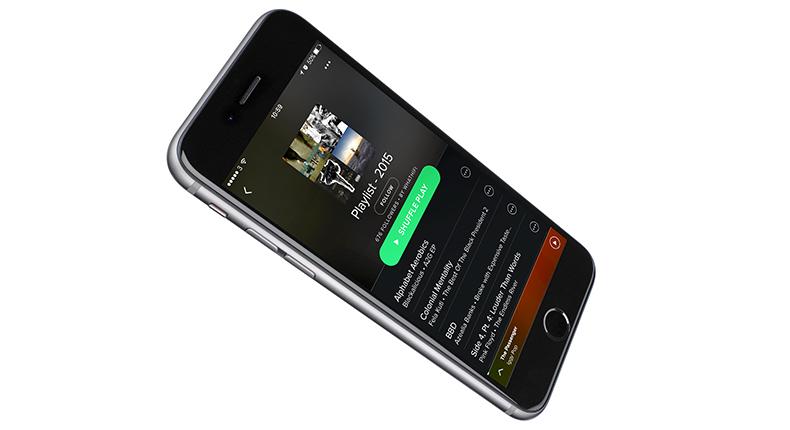
With the iPhone 6S (and 6S Plus) updates, Apple travelled down the well-worn path of turning an already impressive handset into something even better.
The 6S introduced a faster A9 processor, improved cameras (including a 12MP rear camera with True Tone flash), 4K video recording and 3D Touch technology.
Vital Stats: 4.7in LED-backlit screen | 1334 x 750 resolution, with 326ppi | 138.3mm x 67.1mm x 7.1mm | 143g | Bluetooth 4.2 and wi-fi | 32 or 128 GB flash memory | 12MP rear camera with True Tone flash, 4K video at 30fps | 5MP front-facing camera with HD (720p) video.
MORE: iPhone 6S review
iPhone 6S Plus (2015)
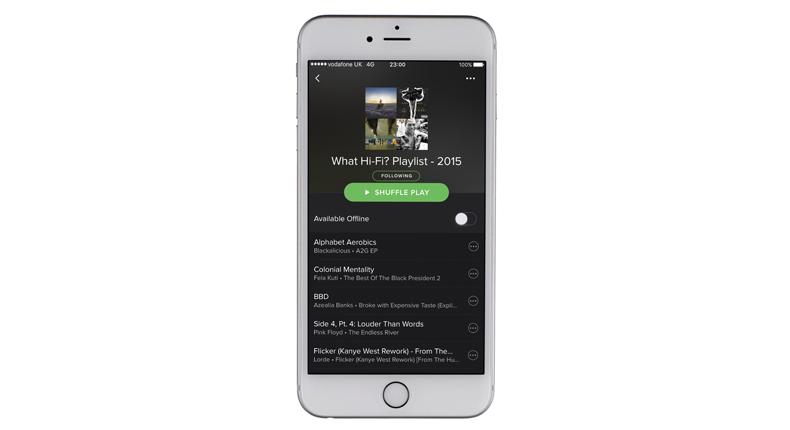
With the 6S Plus and 6S, Apple also introduced new storage options, consolidating the previous 16, 64 and 128GB variants into 32 and 128GB.
Vital Stats: 5.5in LED-backlit screen | 1920 x 1080-pixel resolution with 401ppi | 158.2mm x 77.9mm x 7.3mm | 192g | Bluetooth 4.2 and wi-fi | 32 or 128 GB flash memory | 12MP rear camera with True Tone flash, 4K video at 30fps | 5MP front-facing camera with HD (720p) video
MORE: iPhone 6S Plus review
iPhone 7 (2016)
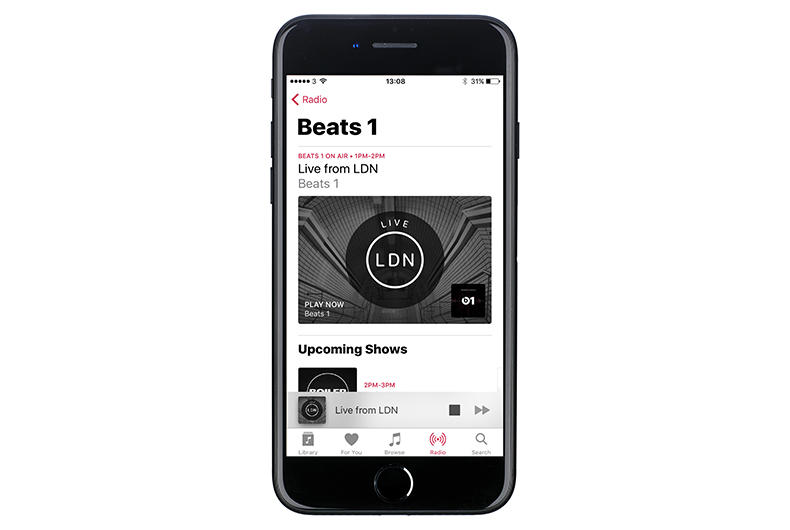
Apple dropped a bombshell with the iPhone 7 (and 7 Plus) by removing the 3.5mm headphone jack. It featured Apple's new A10 Fusion chip with M10 motion coprocessor and added IP67 waterproofing, a redesigned home button and two new colours: Black and Jet Black.
The 12MP camera also saw an upgrade, with the addition of optical image stabilisation and a Quad-LED True Tone flash.
Vital Stats: 4.7in LED-backlit screen | 1344 x 750 resolution with 326ppi | 158.1mm x 77.8mm x 7.1mm | 172g | Bluetooth 4.2 and wi-fi | 32, 128, or 256GB flash memory | 12MP rear camera with 4K video at 30fps | 7MP front-facing camera with Full HD (1080p) video
MORE: iPhone 7 review
iPhone 7 Plus (2016)
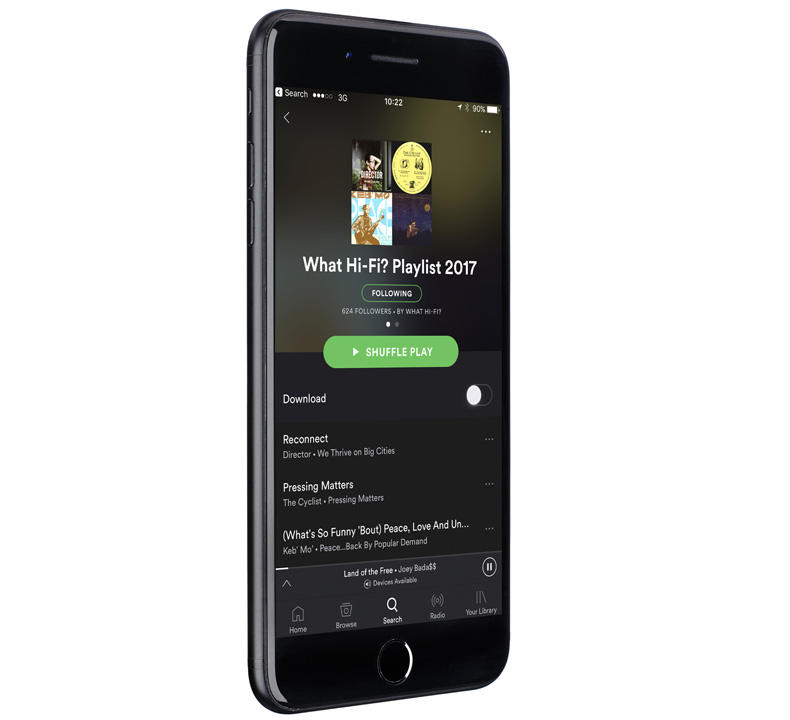
The 7 Plus had all the enhancements of its smaller sibling, but boasted superior camera specs. Its main camera featured both wide-angle and telephoto lenses.
Vital Stats: 5.5in LED-backlit screen | 1920 x 1080 resolution with 401ppi | 158.2mm x 77.9mm x 7.3mm | 172g | Bluetooth 4.2 and wi-fi | 32, 128 or 256GB flash memory | 12MP rear camera with wide-angle and telephoto lenses, 4K video at 30fps | 7MP front-facing camera with Full HD (1080p) video
MORE: iPhone 7 Plus review
iPhone 8 (2017)
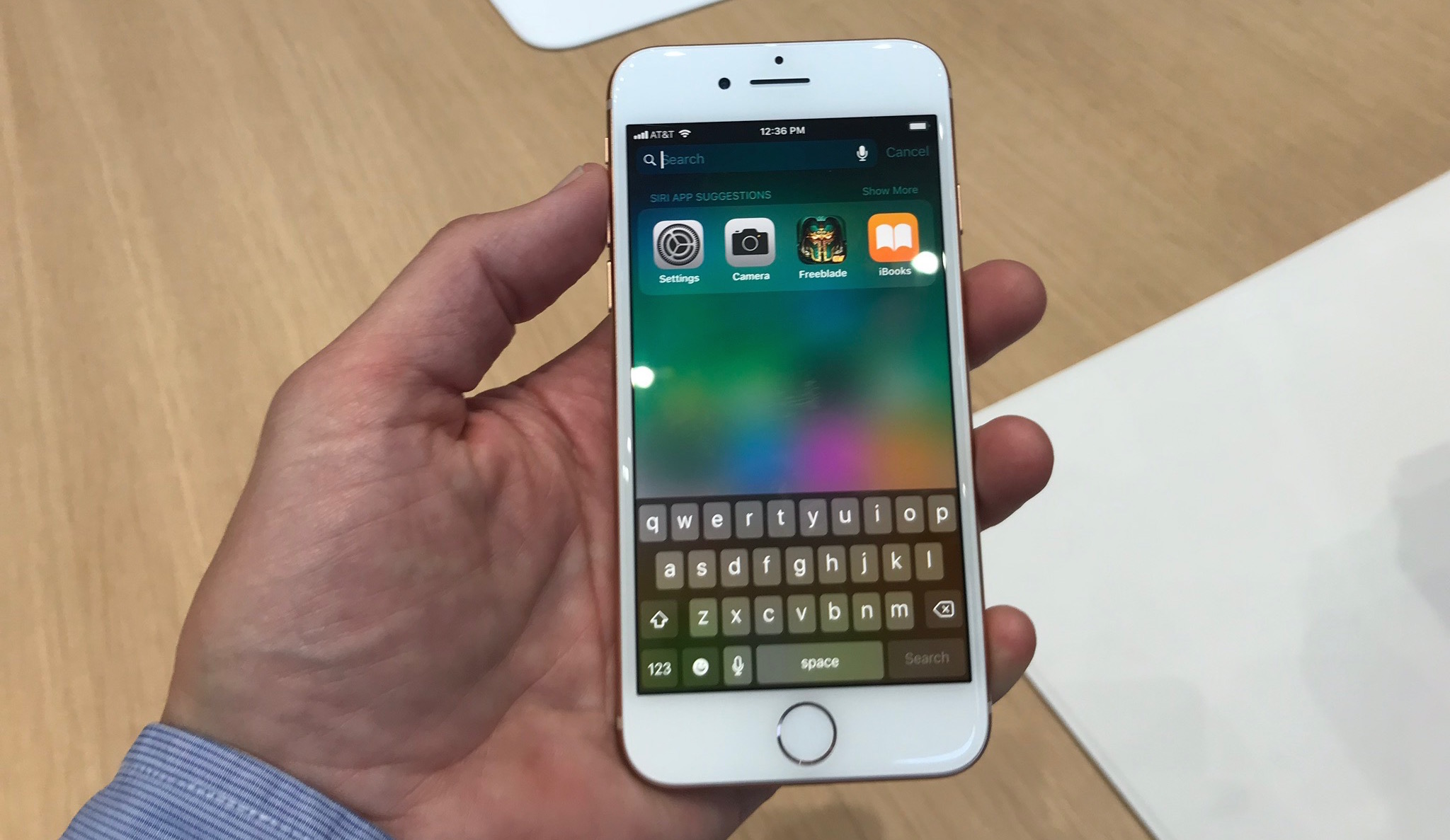
The iPhone 8 (and 8 Plus) had a new glass front and back design held together by ‘aerospace’ grade aluminium. It featured the new A11 Bionic chip and the first Apple-designed GPU, which was reportedly 30% faster than the previous A10. The iPhone 8 also had new speakers that are meant to be 25% louder and have ‘deeper bass’.
Both the iPhone 8 and 8 Plus came in silver, space grey or a new gold finish, and Apple ditched the 32GB option.
Vital Stats: 4.7in LED-backlit screen | 1344 x 750 resolution with 326ppi | 138.4mm x 67.3mm x 7.3mm | 148g | Bluetooth 5 and wi-fi | 64 or 256GB flash memory | 12MP rear camera with 4K video at 24fps, 30fps or 60fps | 7MP front-facing camera with Full HD (1080p) video
MORE: iPhone 8 review
iPhone 8 Plus (2017)
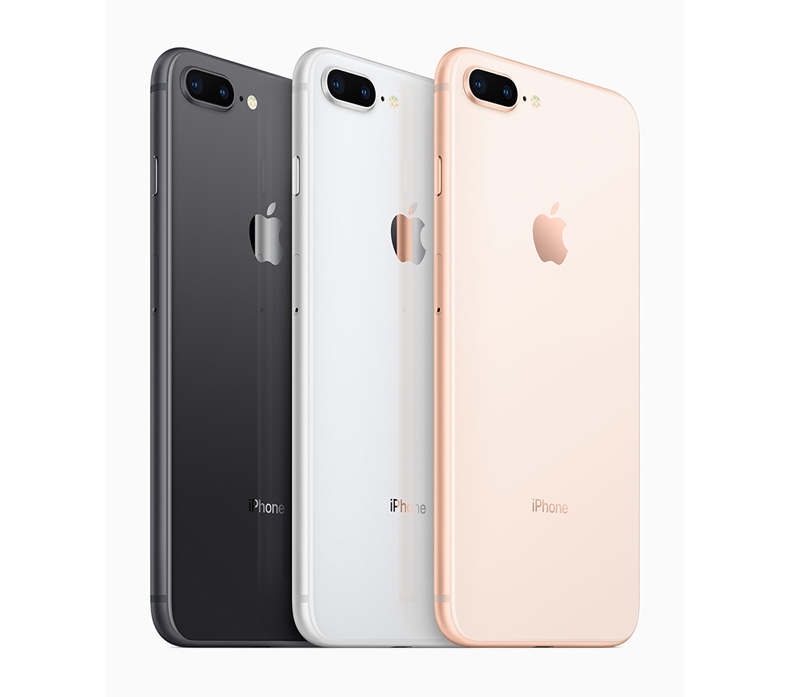
The 8 Plus had the same updates packed into a bigger handset, but its dual 12MP camera featured a new Portrait mode. The cameras on both phones also boasted faster autofocus in low light conditions.
The models also supported wireless charging and playback of FLAC audio files.
Vital Stats: 5.5in LED-backlit screen | 1920 x 1080 resolution with 401ppi | 158.4mm x 78.1mm x 7.5mm | 202g | Bluetooth 5 and wi-fi | 64 or 256GB flash memory | Dual 12MP rear camera with wide-angle and telephoto lenses, 4K video at 24fps, 30fps or 60fps | 7MP front-facing camera with Full HD (1080p) video
MORE: iPhone 8 Plus review
iPhone X (2017)
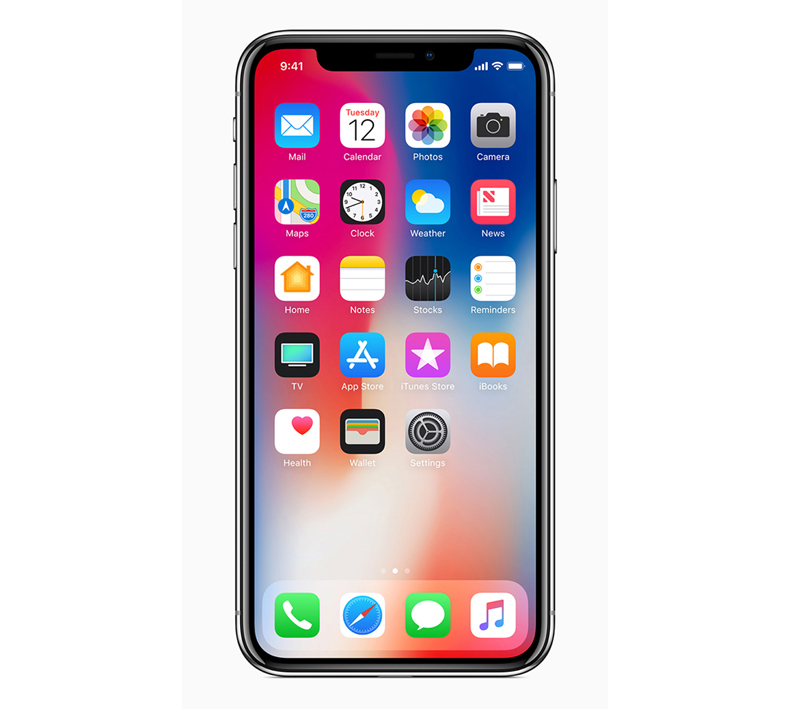
Apple's special 10th-anniversary flagship iPhone featured a larger 5.8in edge-to-edge OLED screen, ditched the Home button, and brought support for HDR10 and Dolby Vision.
Along with the iPhone 8's specs, the iPhone X (pronounced 'ten') featured new tech such as Face ID (replacing Touch ID) for unlocking your phone and making purchases. There was also the 'Animoji' feature that animated... emojis.
Vital Stats: 5.8in OLED screen | 2436 x 1125 resolution with 458ppi | 143.6mm x 70.9mm x 7.7mm | 174g | Bluetooth 5 and wi-fi | 64 or 256GB flash memory | Dual 12MP rear camera with wide-angle and telephoto lenses, 4K video at 24fps, 30fps or 60fps | 7MP front-facing camera with Full HD (1080p) video
MORE: iPhone X review
iPhone XS (2018)
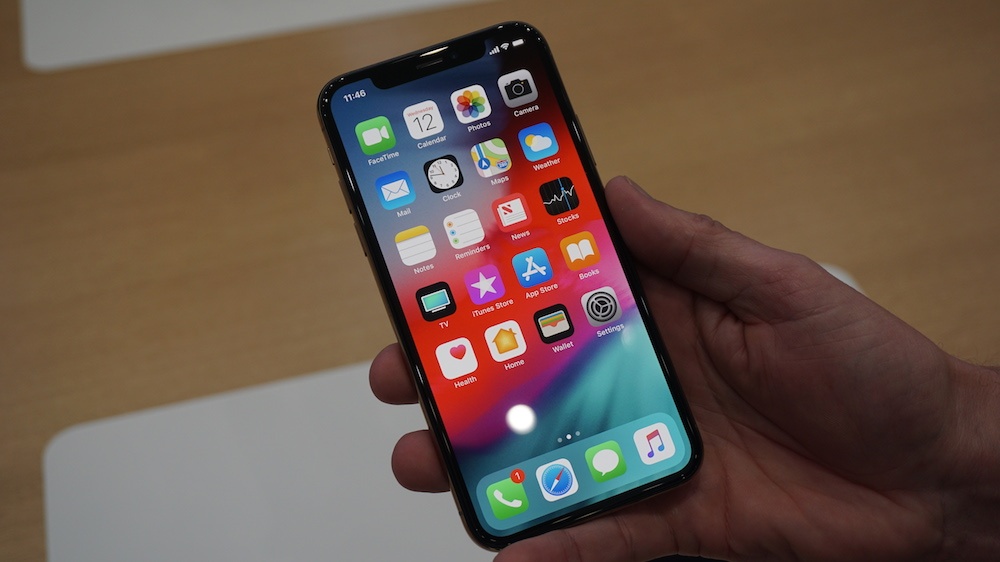
As is customary every other year, the iPhone XS (pronounced ten-s) doesn’t represent a seismic shift like its predecessor but it does still come with a smattering of upgrades. The XS gets the usual Silver and Space Grey variants but there’s now a Gold option, plus subtle updates to the steel and glass finish.
There's a new Super Retina OLED screen, the latest A12 Bionic chip, updates to the camera tech and a slightly boosted battery, but this is evolution not revolution.
Vital Stats: 5.8in Super Retina OLED screen | 2436 x 1125 resolution with 458ppi | 143.6mm x 70.9mm x 7.7mm | 177g | Bluetooth 5 and wi-fi | 64, 256, 512GB flash memory | Dual 12MP wide-angle and telephoto lens, 4K video at 24fps, 30fps or 60fps | 7MP front-facing camera with Full HD (1080p) video
MORE: iPhone XS review
iPhone XS Max (2018)
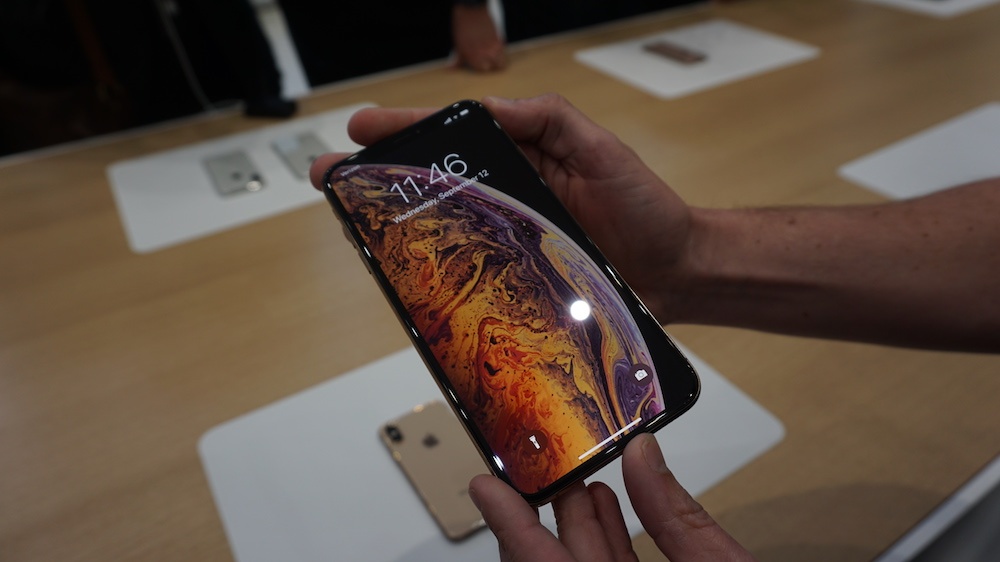
Want the biggest-ever iPhone? You want the iPhone XS Max. A whopping 6.5in OLED display and an even bigger battery (an hour longer life than the XS) are all on the menu for this super-sized smartphone, which otherwise shares similar features to the XS. You can get it in gold, too, if you really want the world to know you've got the new iPhone, but you'll be paying £1000+ for the the privilege...
Vital Stats: 6.5in Super Retina OLED screen | 2688 x 1242 resolution with 458ppi | 157.5mm x 77.4mm x 7.7mm | 208g | Bluetooth 5 and wi-fi | 64, 256, 512GB flash memory | Dual 12MP wide-angle and telephoto lens, 4K video at 24fps, 30fps or 60fps | 7MP front-facing camera with Full HD (1080p) video
MORE: iPhone XS Max review
iPhone XR (2018)
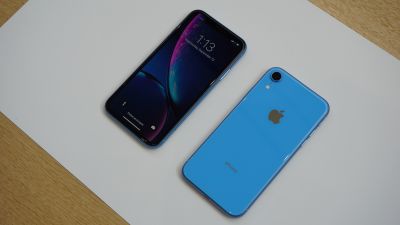
Apple has also launched a more affordable, more colourful phone, the iPhone XR. Starting from £799, and available in six vibrant colours, the XR has a slightly stripped-down spec but for many people, this could be the most appealing handset. The camera doesn't come with all the bells and whistles and the LCD (not OLED) screen has a lower resolution, but there's the same new chip and the promise of an impressive battery life. If you're not hooked on the stainless steel design, the XR could make a lot of sense.
Vital Stats: 6.1in Liquid Retina LCD screen | 1792 x 828 resolution with 326ppi | 150.9mm x 75.7mm x 8.3mm | 194g | Bluetooth 5 and wi-fi | 64, 256, 512GB flash memory | 12MP wide-angle lens, 4K video at 24fps, 30fps or 60fps | 7MP front-facing camera with Full HD (1080p) video
MORE: iPhone XR review
What Hi-Fi?, founded in 1976, is the world's leading independent guide to buying and owning hi-fi and home entertainment products. Our comprehensive tests help you buy the very best for your money, with our advice sections giving you step-by-step information on how to get even more from your music and movies. Everything is tested by our dedicated team of in-house reviewers in our custom-built test rooms in London, Reading and Bath. Our coveted five-star rating and Awards are recognised all over the world as the ultimate seal of approval, so you can buy with absolute confidence.

